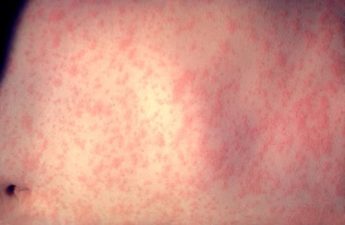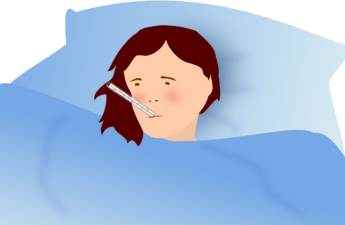
Reducing coronavirus risk indoors: Recommendations for fall and winter
As the season changes, cooler temperatures mean more time indoors. Everyone’s risk from COVID-19 increases indoors, but there are ways to reduce the spread and stay healthy indoors. We talked to Health Officer Dr. Jeff Duchin about COVID-19 risks indoors and what to do about it.
Dr. Duchin, you’ve said “outdoors is safer than indoors.” Why is that?
Socializing outdoors is less risky than indoors for two main reasons: First, sunlight kills viruses. Second, natural outdoor airflow dilutes viruses floating in the air. But, as we head into fall and winter, we spend less time outdoors and more time indoors, where the risk of COVID-19 spread is higher.
Why does being indoors present a higher risk?
Closed windows and doors decrease fresh airflow which can increase risk, especially when you have more people inside. Dryer, less humid air from heating may also increase the risk.
And scientists are learning that COVID-19 can at times spread further than 6 feet through the air. This is a problem when you’re in a crowded setting, linger indoors for longer, when ventilation is limited, when people are not wearing masks, and when you’re doing activities that involve speaking loudly, singing or exercising.
Realistically though when it gets colder, we are going to spend more time inside. What can we all do to reduce our risk indoors?
Cloth face masks should be worn at all times indoors when others are present regardless of the distance between people. You do not need to wear a mask indoors at home with others who live in your home with you.
What makes an effective mask?
Masks that are well made and that fit well are so important. The mask should have at least 2 layers of fabric. It should have a snug fit with no gaps around the face. Air should go through, not around, the mask when you breathe. You can tell the mask fits well when it moves in and out a bit with each breath. The Centers for Disease Control and Prevention have more information about masks.
What else should people do when indoors with people from outside their household?
Reduce the number and duration of people you’re around as much as possible.
Stay as far apart as possible when with others outside the home, even with masks on. Remember, the guidance is not “mask up OR stay 6 feet or more of distance.” Rather, the safer thing to do is to wear AND stay 6 feet or more apart from others.
You’ve said airflow is important. How can we increase airflow indoors?
Do what you can to improve ventilation in indoor spaces, including opening windows when possible. If possible, adjust the ventilation system to increase the intake of outdoor air. Consider consulting with a building or HVAC engineer or home heating expert for advice. They can potentially improve air exchange in the building and adjust filtration to allow for more fresh air to come int. Portable air purifiers can also be useful in some settings and special germicidal UV lights can be considered in certain circumstances, but you need to consult an expert for these options.
What about hand washing and cleaning?
I say it all the time and it’s still important: Wash your hands or sanitize frequently. Avoiding touching your mouth, nose or eyes with unwashed hands. Wash surfaces often. Reduce the number of activities outside your home. All of these recommendations are important to COVID-19 prevention.
It sounds like we need to take several actions to reduce the risk of COVID-19 indoors, right?
Yes. We can’t depend on any one measure such as masks, or ventilation alone. Instead, we need to take a combination of strategies to most effectively reduce the risk from COVID-19 indoors. These steps include wearing a mask that fits well, staying at least 6 feet away from others, improving ventilation, avoiding crowded places, practicing good hygiene, and limiting interactions with others outside the home.
Are the recommendations for workers different?
Instructions for workers who are indoors is different and workers should follow Washington Labor & Industries guidance for personal protective equipment. When outdoors, masks should be worn if 6 feet of distance from others cannot be maintained.
Employers and business owners should review CDC guidance for workplaces and buildings.
Where can we go for more information about lowering risk indoors?
You can find more information on indoor air and reducing COVID-19 risk at the EPA Indoor Air and Coronavirus website.


